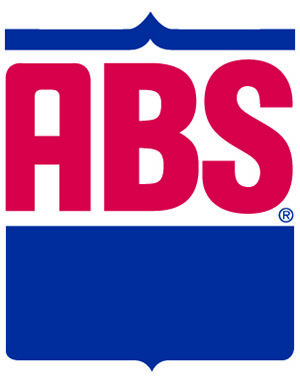“Man, you got it made! Farmers talk about how tough their work is, but I see you riding around in that big tractor with the air conditioner going full-blast.” Ever hear that from a non-farming friend? I sure have. I counter by asking them if they have ever sat in a parked car with the windows up in the full sun – and follow by asking them to consider the realities of a tractor cab.
The facts are: Tractor cabs have lots of glass, few windows to open, are surrounded by dust and inches away from a big diesel engine’s exhaust system. Sitting in a tractor cab with a malfunctioning air conditioner is misery.
A basic knowledge of the principles of refrigeration and operation of the cab air conditioning system will help to better understand the maintenance and service procedures involved.
As usual, the Internet can be a helpful place to gather information about your system if and when it malfunctions. Von H. Jarrett, extension agricultural engineer at Utah State University, has some great information about the operation and service of your air conditioner.
Jarrett says, “The refrigerant that is in the air conditioning system is used to carry heat and is recirculated repeatedly in a closed circuit. All air conditioners use the same cycle of operation as compression, condensation, expansion and evaporation.
It is necessary to know about pressures and temperatures so that pressure gauges can be installed in various locations to indicate a malfunction.
“Care should be observed when working with various refrigerants to avoid possible personal injury. The 15-ounce disposable can is the most convenient container for recharging and servicing a cab air conditioning system.
However, eye protection, frostbite, heat and inhaling can be dangerous to the serviceman. Also use care in handling refrigerant drums and cans in a passenger car or truck.
“Refrigeration oil is needed to lubricate seals, gaskets and other moving parts of the compressor. For this reason, a small amount of oil is circulated through the system with the refrigerant. This is a special oil and must be used only for refrigeration,” Jarrett says.
Air conditioners work on a two-sided system: a high side and a low side. Low side runs between 10 to 30 PSI and high side between 150 to 285 PSI. The evaporator outlet should be cold to the touch, and duct temperature readings should be 35 to 50ºF. If your system fits these parameters, your system is functioning normally.
Your system may reflect low pressures on both sides and is not cooling adequately. If the evaporator is warm to the touch, and there are visible bubbles or foam in the sight glass, then the system is suffering from an inadequate charge of refrigerant.
Check the system for leaks and repair as necessary. Recharge the system, but again remember, the loss of Freon also results in a loss of oil. Make sure to add oil as well as refrigerant.
If the same conditions as above exist, but the drier is cool or cold to the touch, then there is some sort of restriction in the drier. You will need to replace the drier and flush the system, as the desiccant bag has probably ruptured and contaminated the system.
If the drier is warm or hot to the touch, the expansion valve is plugged or defective. This is probably from debris in the system. Replace the expansion valve and flush the system.
You may find that the pressures are normal but you still have an issue with the operating temperatures at the vent. This may be from a defective heater control valve that is not cutting off the heater core completely.
Clamp off the heater hose inlet and then check to see if the system improves. If it does, you will probably want to replace the heater control valve.
One question that arises is: Can an older system with R-12 coolant be replaced by added R-134a directly to the system? The answer is “no” and “yes.” Federal law prohibits topping off an R-12 system with a different refrigerant … but R-12 is getting more and more difficult to find.
You must be certified to purchase it and add it with an R-12 recharge hose. You can, however, convert the entire system with an R-134a retrofit kit. Be sure you remove any and all R-12 prior to refitting.
In closing, let’s return to Dr. Jarrett’s publication on the proper steps to troubleshoot your air conditioning system.
- Clean and blow out all the loose dirt, dust, chaff, etc.
- Start and adjust engine to normal fast idle speed.
- Turn on air conditioner and set for maximum cooling with blower fan on high speed.
- Operate air conditioner for five to 10 minutes to stabilize system.
- Check for charge by noting sight glass if used. Note gauge readings for normal pressures.
- Establish that electrical components (switches, thermostat, blower and clutch) are functioning.
- Check that the air passages and ducts, refrigerant lines, hoses, compressor drive and belts are all free.
- Service the unit in accordance with the operator’s manual.
- If trouble still persists, take it into your machinery dealership for additional checks.
Remember that air conditioning units can cause serious injuries, so if you are not comfortable working in your tractor and truck’s system, please call a professional. The money you save may be more than you imagined. PD
Andy Overbay holds a Ph.D. in ag education and has more than 40 years of hands-on dairy and farming experience.
PHOTO: Courtesy of ThinkStock.



